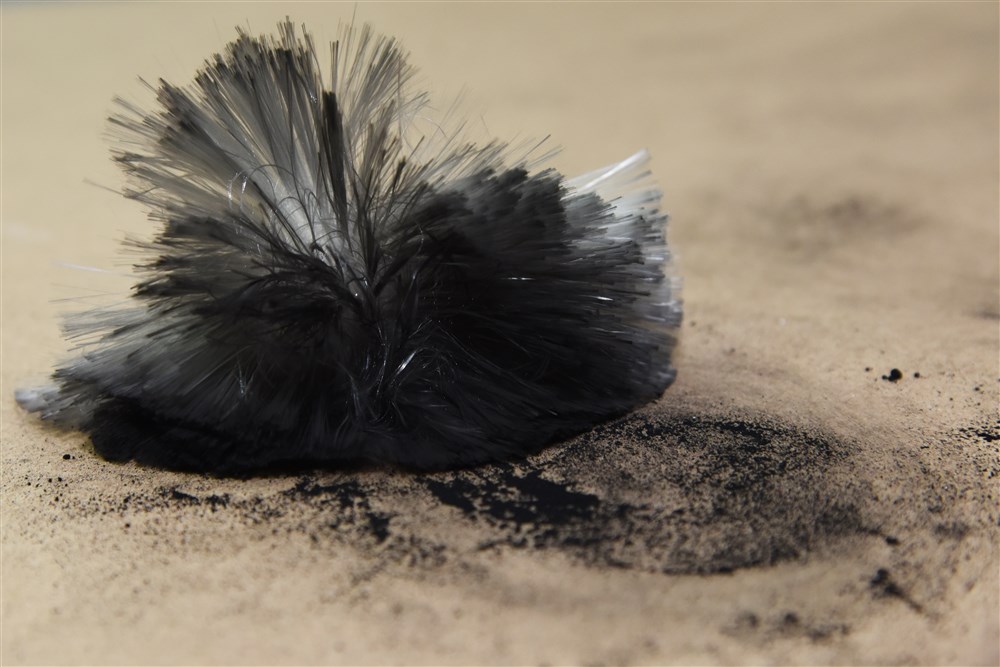Fingerprint Analysis
Friction ridge analysis, otherwise known as fingerprint analysis, is the “analysis of the images left by prints on the fingers, palms, or soles” in a crime scene (Shelton, 39). Fingerprints are viewed by society as infallible pieces of evidence that can be accurately matched to a certain individual. In reality, the chances of simply getting a good fingerprint from a crime scene are low and matching them to the correct individual is much more difficult than what the media portrays.
There are two forms of prints that can be collected: latent prints and patent prints. Patent prints are visible prints such as those left behind by a bloody hand. Latent prints are those that are invisible to the naked eye and need extra work put into revealing and lifting them. The most common form of revealing prints is dusting and lifting. This is accomplished through the use of a special brush and powder which must be carefully applied to the area in which you want to search for prints. Once a print is revealed, it is lifted with tape and applied to a blank fingerprint card. Other ways to reveal fingerprints are superglue fuming, ninhydrin, or even electronically through LiveScan.
Although the process of collecting and analyzing fingerprints may seem very meticulous, there is still a big chance for errors. The Innocence Project has even shown how little is actually known about fingerprints and the correct process for examining them. Fingerprint analysis isn’t as infallible as experts have made them seem, yet they are still vastly used today throughout the U.S. Although there is a great margin for where the analysis of fingerprints might go wrong, the main areas are (1) when the analyst doesn’t have proper training or procedures, and (2) when the analyst testifies their findings in court.
Fingerprint Comparison Procedure
Analysts are in charge of comparing a print found at the crime scene and a print gathered from a suspect. The examiner must visually compare details from both prints and determine if there are enough matching features to make a “match” between the two fingerprints. When the examiner determines there is enough common details to make a match, it is called a source determination. If there is enough disagreement between the details to show it is not a match, it is called source exclusion. If it is inconclusive, it is labeled inconclusive comparison. Even with all these labels and descriptions of what must be done to compare a print, the details on how many matching details to look for or even what kind of training an examiner must have is either vague or non existent.
Although there is a debate on how many matching points to look for between fingerprints, there still isn’t a single rule put in place about how many points are necessary. Some science labs say 7 points while others say 21 yet neither one is seen as being a stronger or more correct examination since the ‘correct’ amount of matching points is non existent. This lack of consistency can lead to misidentifications and the conviction of the innocent. Without any rules connected to the analysis of fingerprints, examiners have free range on how to examine a fingerprint. They can even examine half prints and those prints can be used to process a suspect. This has lead to the incrimination of innocent people which not only catches the wrong person, but also lets the real criminal roam free.
Analyst Training and Testifying
One would believe that in order to do something as complicated and high profile as analyzing fingerprints for a criminal case, you would need a vast amount of training, but in reality, there is no set amount of training one needs. Most places only require the examiner to have a couple weeks of training before they start working while others have on the job training for examiners. There is no specific certification or training required and manuals are often used for training analysts (Shelton, 40).
The objective of fingerprint analysis isn’t to find a perfect match, but to compare the likelihood of another print that might match the crime scene print. Even though this is supposed to be the objective, “the fingerprint examiner community discourages its members from testifying in terms of the probability of a match and they testify with absolute certainty that the print could not possibly have come from two different individuals” (Shelton, 46). This use of exaggeration leads to juries believing that a method of identification such as fingerprints are fool proof and can then lead to juries ignoring any exclusionary evidence. The main claim of fingerprint analysts is that no two people have the same fingerprint, but there have not been many studies done in order to officially determine this claim or to determine the error rate of fingerprint analysis. Even while knowing this, expert witnesses claim what they believe to be true, however as it has been shown by the Innocence Project, there is no scientific evidence to it. 
Conclusion
Overall, even with the mistakes that are involved with fingerprint analysis, the U.S. still uses fingerprints as major forensic evidence that can identify the correct suspect. Even other places outside of the U.S. use fingerprint analysis and believe that they are efficient. The Philippines classifies fingerprints as forensic evidence and determines that it is essential to prove guilt beyond a reasonable doubt (Angeles, 1159). The vast amount of trust and popularity given to fingerprint analysis makes it difficult to disprove it as being 100% correct, but with the uncovering of wrongful convictions it will hopefully one day become easier to question its validity through in depth research. 
Works Cited
Angeles, Albert Lee G. "Wrongful Conviction and the Case for Forensic Evidence in the Philippine Criminal Justice System." Ateneo Law Journal, vol. 57, no. 4, Mar. 2013, pp. 1155-1174. EBSCOhost, libproxy.nau.edu/login?url=http://search.ebscohost.com/login.aspx?direct=true&db=a9h&AN=91274104&site=ehost-live&scope=site.
Shelton, Donald E. "The "Who" Question." Forensic Science in Court: Challenges in the Twenty-first Century. N.p.: Rowman & Littlefield, 2011. 39-50. Print.
Comments
Post a Comment